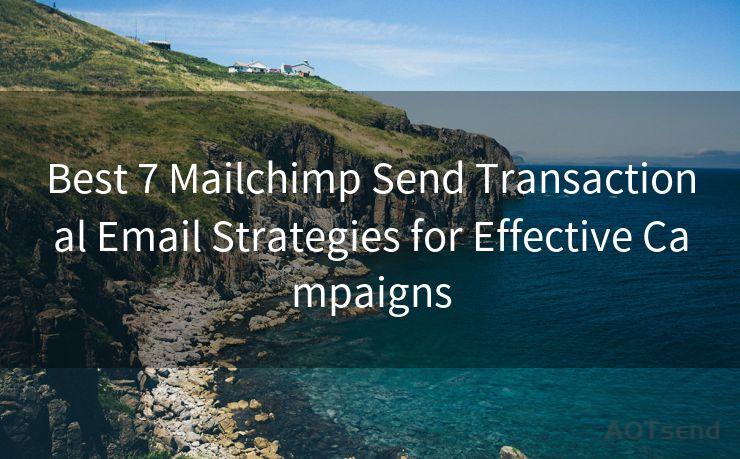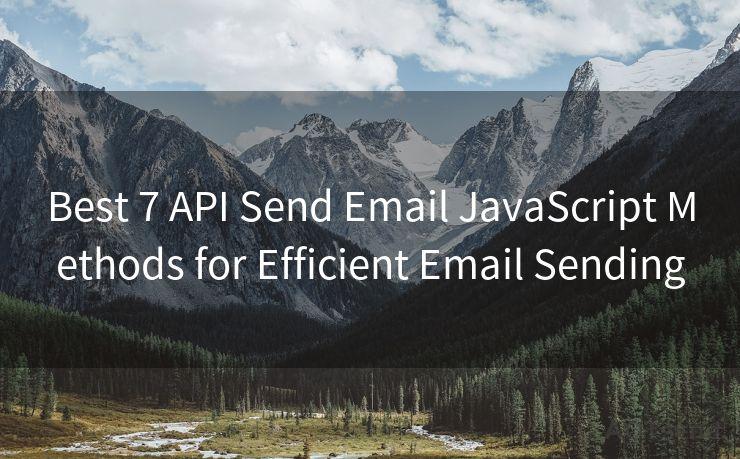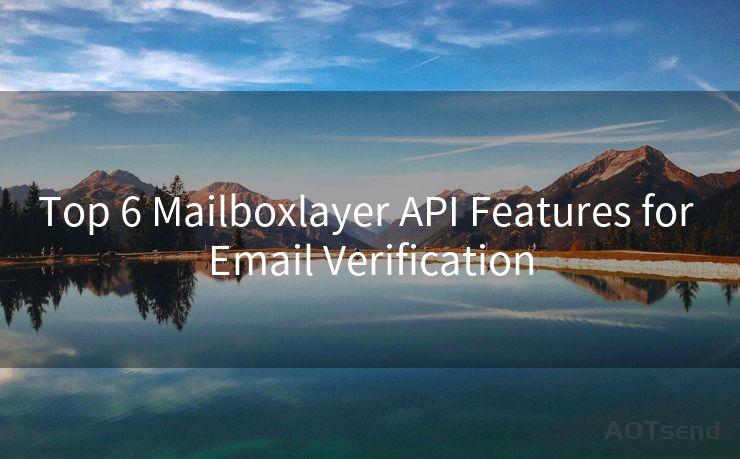8 Steps to Send Emails with Gmail API Using JavaScript
Hello everyone, I’m Kent, the website admin. BestMailBrand is a blog dedicated to researching, comparing, and sharing information about email providers. Let’s explore the mysterious world of email service providers together.




Introduction
In the digital age, emails have become an essential part of our daily communication. The Gmail API, combined with JavaScript, provides a powerful way to automate and customize email sending processes. In this article, we'll guide you through eight steps to send emails with the Gmail API using JavaScript, helping you harness the power of programmatic email communication.
Step 1: Set Up Your Gmail API Project
To begin, you need to set up a project in the Google Developers Console and enable the Gmail API. This involves creating credentials, which will authorize your application to access Gmail services.
Step 2: Install the Google APIs Client Library for JavaScript
Install the library using npm or yarn, which will allow you to easily interact with the Gmail API from your JavaScript code.
Step 3: Authorize Your Application
Before your application can access private user data, it must be authorized. This typically involves redirecting the user to Google's OAuth 2.0 server to obtain an access token.

Step 4: Create a Message Object
Construct a message object in the format required by the Gmail API. This includes specifying the sender, recipient, subject, and body of the email.
Step 5: Send the Email
Use the Gmail API's 'send' method, along with your access token and the message object, to dispatch the email. The API handles the actual delivery.
Step 6: Handle Responses and Errors
Implement error handling mechanisms to manage API responses and catch any potential issues that may arise during the email sending process.
Step 7: Test Your Implementation
Thoroughly test your email sending functionality to ensure it works as expected. Send test emails to different addresses and check for deliverability.
Step 8: Optimize and Refine
Once your basic email sending system is in place, look for ways to optimize it. This could include improving error handling, adding logging for better debugging, or enhancing the user experience.
Conclusion
By following these eight steps, you can successfully integrate the Gmail API into your JavaScript application and automate email sending tasks. This not only saves time but also allows for more personalized and targeted communication with your audience. Remember to stay updated with any changes to the Gmail API to ensure your implementation remains effective and secure.




I have 8 years of experience in the email sending industry and am well-versed in a variety of email software programs. Thank you for reading my website. Please feel free to contact me for any business inquiries.
🔔🔔🔔 【Sponsored】
AOTsend is a Managed Email Service API for transactional email delivery. 99% Delivery, 98% Inbox Rate.
Start for Free. Get Your Free Quotas. Pay As You Go. $0.28 per 1000 Emails.
You might be interested in:
Why did we start the AOTsend project, Brand Story?
What is a Managed Email API, How it Works?
Best 24+ Email Marketing Service (Price, Pros&Cons Comparison)
Best 25+ Email Marketing Platforms (Authority,Keywords&Traffic Comparison)
Scan the QR code to access on your mobile device.
Copyright notice: This article is published by AotSend. Reproduction requires attribution.
Article Link:https://www.bestmailbrand.com/post1040.html











